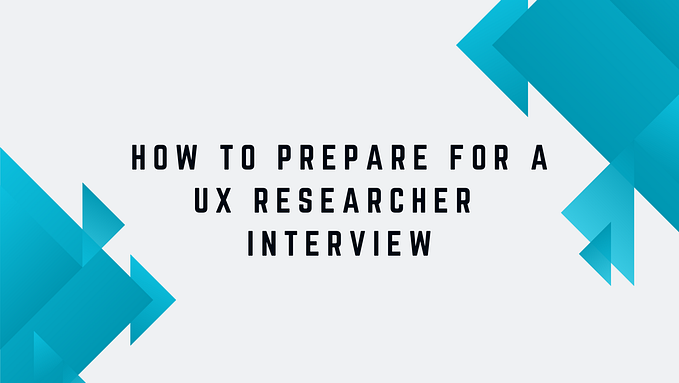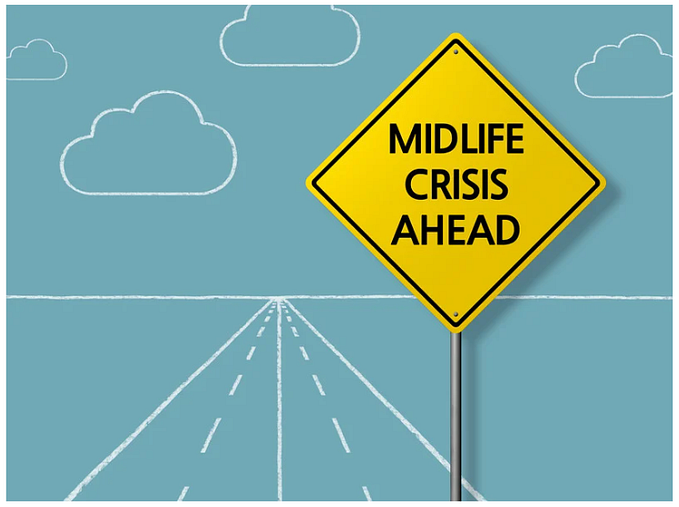It’s not an interview, it’s a listening session
For user interview tips, I first turned to podcasts. Then Indi Young’s Practical Empathy set me straight.
Looking to podcast interviews
When I scheduled my first user interview to kick off the UX research portion of a new project, I didn’t feel ready. I’d never conducted one before and didn’t know what to expect, so I turned to my favorite source of interviews: podcasts. I’ve been listening to Krista Tippet and Debbie Millman for years, and have grown a deep sense of respect and admiration of how they draw out such interesting conversations with their guests. I looked to their podcasts, and others like them, as my interview teachers.
While there are volumes on the craft of conducting interviews, there were a few things that stood out to me as I was studying their technique:
- As the interviewer, you’re guiding your guest. You conduct background research on topics to probe into and bring up interesting ones for them to elaborate on.
- As the interviewer, it’s important to build credibility with your guest. Through the questions you ask or the responses you give, you need to demonstrate your own knowledge to build rapport and trust from your guest and your listening audience.
- As the interviewer, you need the interview to be entertaining. You’re hoping to draw out interesting snippets from the guest that will be amusing and inspiring for the people listening to the recording later.
I went into my interview armed with wisdom from the greats. I was feeling good! Until, that is, the interview went terribly.
Falling on my face
In that first interview, I kept feeling pressure to ask another question after even the slightest pause. When the user went on a longer explanation of her thoughts, I was constantly straining for something intelligent to say in response. And in those explanations, I was constantly judging how interesting every response was. I mean, I was basically sweating from all the self-imposed anxiety.
I was too focused on what I was doing that I wasn’t paying as much attention to the user. And the quality of the conversation suffered.
And what did I have to show for all my emotional exhaustion? Very, very few helpful insights into the user. I was too focused on what I was doing that I wasn’t paying as much attention to the user. And the quality of the conversation suffered.
I knew that I needed to improve my interviewing skills. I figured it was my level of skill that was lacking, but the more I emulated these podcasting legends the better the interviews would become. Little did I realize, my skill was only the surface problem. Beneath the surface, I needed to reevaluate my entire approach.
Discovering Practical Empathy
It was a fateful day when Aalap Doshi introduced me to Indi Young’s Practical Empathy. Folks, I don’t think it’s too dramatic to say it changed my life.
Designers throw the word “empathy” around left and right, and over time I built up a general sense of what empathy meant: understanding the user. But Young took it to a whole new level:
“Empathy is not about warmth and kindness. It’s about listening. It’s about having a frame of mind that is curious about the deeper flow of people’s thinking.” — Indi Young, Practical Empathy
Young revealed to me that the understanding of a user comes not from preparing the right questions, but rather a posture of curiosity. She states in his book, right from the outset, that a user interview is nothing like a journalistic interview. In fact, she doesn’t even like to use the word “interview” at all. She thinks of her time with a user as a “listening session” because it reminds the interviewer of their ultimate purpose: not to ask, but to listen.
Young revealed to me that the understanding of a user comes not from preparing the right questions, but rather a posture of curiosity.
Brandon Stanton, the man behind the famous Humans of New York, has gotten tens of thousands of strangers on the streets of New York City to reveal some of their most personal secrets. How does he get this level of openness that most UX researchers can only dream of? I’d say much of it comes from his ability to ground himself in this deeper notion of empathy. When asked during an interview with NPR about why he thinks people open up to him, he said:
“If you ask with a genuine interest and a genuine curiosity and a level of compassion, there’s very little that someone won’t share with you.” — Brandon Stanton, Humans of New York
I flew through Practical Empathy, realizing that I had my approach all wrong. I’m not trying to entertain people through a podcast. Instead, I’m trying to build a product my users love by actually getting to know them first. And even though there are some similarities in the two styles of interviewing, the major tips I first identified were setting me up for failure. Thankfully, Young taught me ways I could shift my mindset.
Correction #1: Let the user lead
- As the interviewer, you’re NOT guiding your user.
Instead, you are letting the user lead the conversation. Of course you have to start with a prompt, but it should be broad and open-ended enough that your user can select where to go. Young assures us, “she will take you to all the things she wants to tell you” (Practical Empathy, 52).
When the user is taking the lead, it’s not the interviewer’s job to fill every single silence with another question. Pauses in are conversation completely fine, and even encouraged. An IDEO article says it best:
When it seems like the other person is done speaking, most people feel the need to immediately move on to the next question. Instead, you should create some space by just nodding and writing things down — it gives the other person room to continue speaking beyond the parameters of the previous question, and perhaps reveal information about themselves that you wouldn’t learn otherwise. — Maggie Zhang, IDEO
Correction #2: Humble yourself
- As the interviewer, it’s NOT important to build credibility with your user.
Instead, it’s your job to humble yourself and make the user feel that they are the experts of their experience (which, of course, they are). As Young reminds us, “the speaker is always right — because this is her mind you’re exploring, not her understanding of your offering, nor her knowledge of how things work in general” (Practical Empathy, 68).
This isn’t to say that there’s not a need to gain trust from your user. As this Nielson Norman article outlines, it’s important to make the user feel as comfortable as possible. But there’s a big difference between building rapport and showing off how smart you are. And in the end, it’s not about you at all. As the interviewer, you are but a platform for your user to be heard.
Correction #3: Listen for reasoning, reactions, and guiding principles
- As the interviewer, you DO NOT need the listening session to be entertaining.
Instead, the purpose of the listening session is to gain a deeper understanding of the inner life of the user. It doesn’t need to be amusing; it needs to be true. Young emphasizes three main components to listen for: reasoning, reactions, and guiding principles (Practical Empathy, 54).
People from all areas of society, from Forbes to the Rolling Stones, remind us that what we say we want and what we really need can be two very different things. Young places her emphasis on these three key deeper levels of insight, because they’re the key to really understanding not just what a user says but what they will actually do.
Finding the north star
In addition to giving me practical tips to follow, Young gave me a north star for what a great user interview (or should I say “listening session”) looks like in the discovery phase of a design project. With its emphasis on remaining neutral while the user leads, it looks quite different from what I hear on my podcasts.
For Human-Centered Designers, it’s not about entertainment. It’s about empathy.








